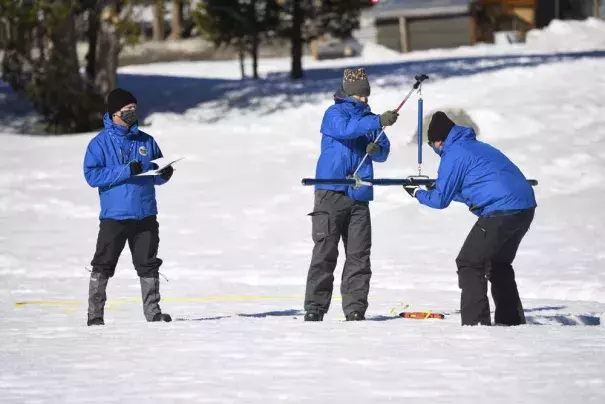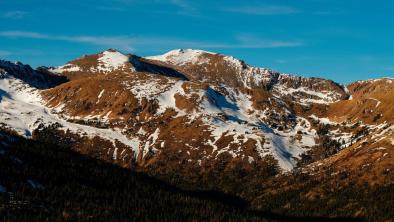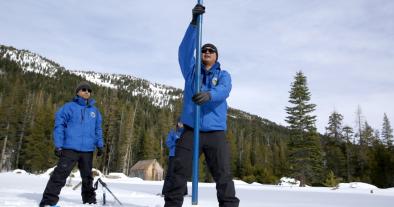Dry January means less water than normal in California snow

Climate Signals summary: Human-caused climate change is driving "weather whiplash", causing California to go from a wet December to a very dry January. The current snowpack level is lower than average for January. There's evidence that climate change has lead to a general decline in snowpack in recent decades.
Article excerpt:
The water contained in California’s mountain snow is now lower than the historical average after a January without significant rain or snow — a dramatic reversal from December that demonstrates the state’s challenges in managing its water supply.
Snow totals updated Tuesday by the state Department of Water Resources show the amount of water in the Sierra Nevada mountain’s snowpack is at 92% of what’s normal for this date. In December, heavy rain and snow left the state with 160% of its average snow water content.
Winter snow is a crucial part of California’s water supply and December through March are typically the wettest months of the year. Snow that melts in the mountains and runs down into California’s lower elevations makes up about a third of the state’s water supply.
You can read the rest of this article here:
Related Content





